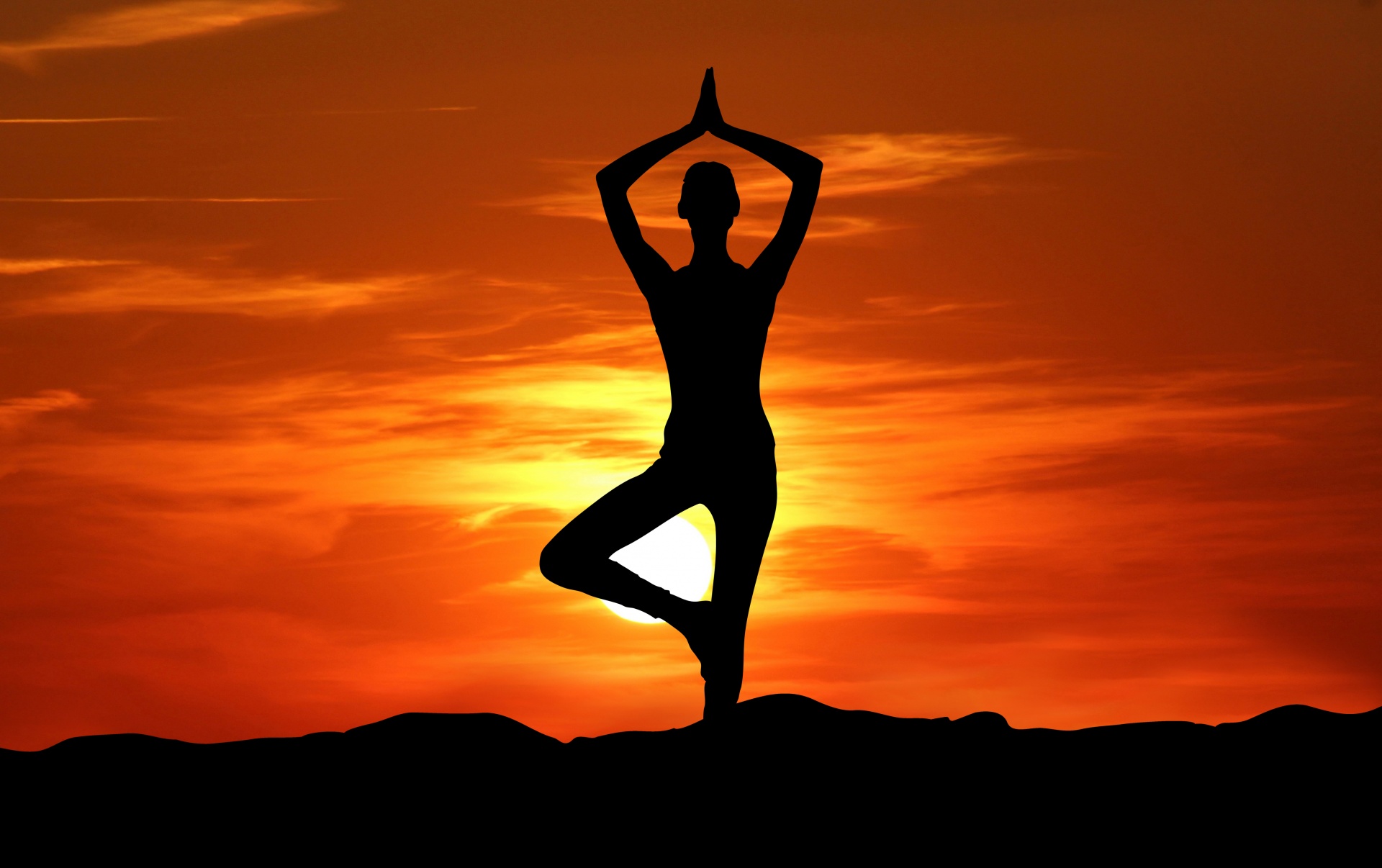Written by Isaac Davis
Dating back over four thousand years, yoga practise seeks for alignment of the physical and mental being. Nestled deep in the Himalayas, yogic teaching was developed on the banks of lake Kantisarovar and spread gradually across Asia, the Middle East, Northern Africa and South America. The sculptures of these ancient peoples serve to acknowledge the multifaceted benefits of yoga, affirming that the popularity of yoga in the 21st century is far from a new phenomenon.
Despite this, many elements of contemporary yoga practise can be off-putting. Dr. Elizabeth Groff, assistant French professor and yoga enthusiast at Roanoke College, was not initially enthused by painful attempts at deep stretches in a cold room. Practising with a group of mixed yoga experience was another challenge, with those more familiar performing postures that seemed inconceivable at the time. However, by ignoring fad-yogic-jargon, and exploring other expressions of yoga, Dr. Groff found that hot yoga (a style of yoga performed in hot and humid conditions, typically Bikram yoga) was the right fit for her.
There are 11 accepted major styles of yoga alone, each with a different intention and an alternative means of getting there. Determining an individual goal, want, or need from each yoga practise enables the individual to determine which style if of best fit. Recent progress in science and technology has helped to further our understanding in uncovering the science behind yoga. One field of specific interest has been the ability of yoga to support mental, physical and emotional health.
Acclaimed physician Dr. Loren Fishman has made multiple publications on the ability of yoga to treat conditions such as multiple sclerosis, osteoporosis, and arthritis. Dr. Groff can personally attest to the success of such work, seeing first-hand the impressive results of yoga in combating symptoms of her mother’s multiple sclerosis.
Science also works hard to determine why yoga is so effective in reducing stress and creating balance in the body. Findings suggest that continued practise can beneficially alter brain mechanics. Neurologist Dr. Mithu Storoni addresses the stress producing part of the brain in two sections, highlighting an ‘emotional’ and ‘logical’ component. The ‘emotional brain’ is stress responsive, releasing adrenaline and cortisol to alert us to potential dangers, which cause us stress and tension. It is the job of the ‘logical brain’ to restrain its counterpart, to switch off these potentially harmful stress responses.
Yoga works to balance these two factors: engaging the ‘logical brain’ while focussing during yoga poses and triggering relaxation signals in the central nervous system whilst bending forward. Over time – particularly when developing more meditative aspects of yoga – practise can strengthen the mind, lightening the mental burden of day-to-day life.
Yoga is greatly accessible and can easily be adapted to fit around a busy schedule. With just a spare few minutes and a Google search we begin a journey of health and mindfulness. Today Dr. Groff reflects on over a decade of regular yoga practise, remarking that it was only recently that she gained a true sense of harmony and mindfulness. This serves as a reminder of the potential depth of yoga practise; an experience bordered only by individual desire.




